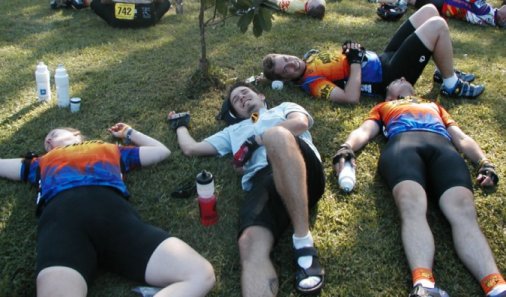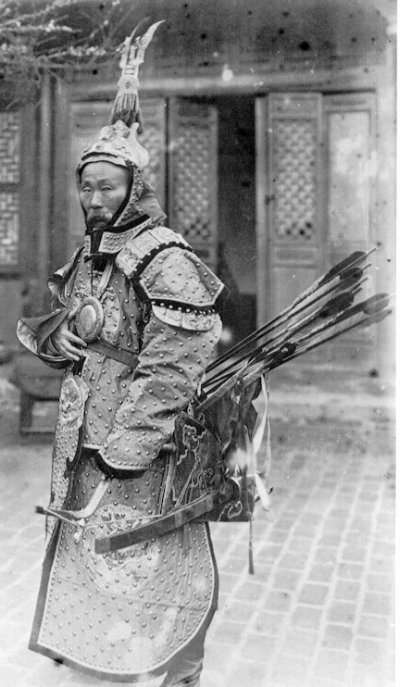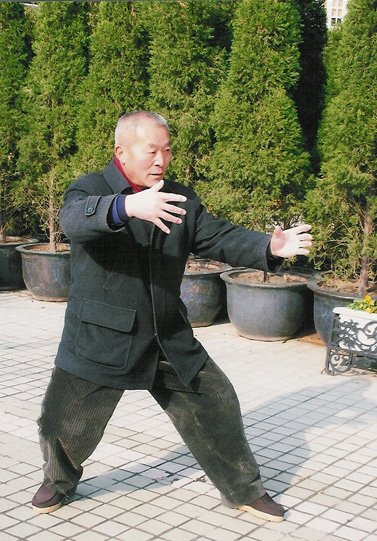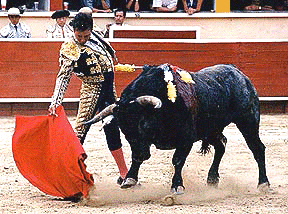The Heart
/ Summer is the season of the heart and bitter is the flavor recommended to help with the transition into Summer. In Summer the main change in our practice is that we try not to sweat.
Summer is the season of the heart and bitter is the flavor recommended to help with the transition into Summer. In Summer the main change in our practice is that we try not to sweat.The average human heart beats about 3 billion times and then it stops. The logic of doing exercise which increases the speed at which your heart beats is that after you finish exercising your heart will beat slower than it would have if you hadn't exercised at all. So although you'll use up a whole bunch of beats in that hour of aerobics, you'll more than regain the number of beats you lost in the 23 hours until your next workout. If you exercise regularly it will likely take you more years to reach 3 billion beats.
It's a good theory.
My sister is a swimmer. She loves to race and she trains hard. One of the ways she trains endurance is that she will time herself swimming a given distance as fast as she can. She then immediately takes her pulse. Instead of trying to swim faster the next time, she tries to swim the same distance in the same time, but with a lower heart rate.
Chinese martial arts, particularly the internal arts of bagua, xingyi, and taijiquan, use a simular strategy during the summer months. We try to practice as fast as we can without increasing our heart rates. Some practitioners actually take their pulse in the "play the pipa" posture or another posture where the fingers go to the wrist. But that isn't necessary.
With a little practice it is possible to become very sensitive to the feeling of the pores of your skin opening and closing. You can in fact gain some control over this process, but simply monitoring your pores will tell you if your heart rate is increasing. Of course the pores open to release sweat, and that is what is meant by the proscription to "practice not sweating."
Another way to lower your heart rate, improve your stamina and perhaps lengthen your life span is to attend to the center of your palms. The acupuncture point on the center of your palm is actually about one inch in diameter. It is called the Laogong point (Pericardium 8) and it is associated with the heart. (The name Laogong means "palace of toil.") The center of the palm should remain relaxed. If it hardens, it is likely that your heart is working harder. You can feel your heart in your palms, you can feel an increase in blood surge. You can even feel your pulse continuously while you are doing the form, but that isn't recommended because it requires excessive concentration, which isn't very
 relaxing.
relaxing.In bagua, xingyi, and taijiquan (most obviously in the movement lu), the center of the palm is actually pulled back. This can be done manually by expanding the elbow which creates a vaccum which then sucks the center of the palm back up toward the elbow. But that just helps you get the feeling. In actual practice the martial arts postures allow the heart to move effortlessly backwards and down (the kidneys move forward and up) creating a feeling of connectedness between your palms and your heart.
Note: There is no way someone with this knowledge could get carpel tunnel syndrome.

 It seems like I'm surrounded by people doing various things they call a seasonal liver cleanse. Inevitably these people are thin. The project varies from simply taking a purgative every other day for a week, to not eating for 10 days.
It seems like I'm surrounded by people doing various things they call a seasonal liver cleanse. Inevitably these people are thin. The project varies from simply taking a purgative every other day for a week, to not eating for 10 days. It's not the season's fault that people have problems, and it is not really the type of food or how much. The problem is that people want to stay up late, they skip their afternoon naps and party right on through.
It's not the season's fault that people have problems, and it is not really the type of food or how much. The problem is that people want to stay up late, they skip their afternoon naps and party right on through.

 About 80% of the people I teach habitually slightly dislocate at least one of their hips. While they are young it hardly matters, young hips are juicy and forgiving. They just develop protective muscles which limit range of motion. But if one of these students takes a lot of weight in a slightly dislocated hip they can have pain. As people age the slight dislocation of the hips becomes a bigger and bigger problem.
About 80% of the people I teach habitually slightly dislocate at least one of their hips. While they are young it hardly matters, young hips are juicy and forgiving. They just develop protective muscles which limit range of motion. But if one of these students takes a lot of weight in a slightly dislocated hip they can have pain. As people age the slight dislocation of the hips becomes a bigger and bigger problem.
 Jade Maiden Works the Shuttles is the name of a taijiquan movement/posture. What does it mean?
Jade Maiden Works the Shuttles is the name of a taijiquan movement/posture. What does it mean? infinite time.
infinite time.
 Long time readers know that the relationship of martial arts to exorcistic rituals is a pet topic of mine.
Long time readers know that the relationship of martial arts to exorcistic rituals is a pet topic of mine.
 Last month I was at a family gathering and there was a five month old girl who was crying. Her aunt, who has several wild children of her own, tried rocking her and then bouncing her, but the baby was still crying. Then with a big grin she announced, "We are going to have to try Monkey Swings." I can now verify from my observations that monkey swings are an effective crying control mechanism.
Last month I was at a family gathering and there was a five month old girl who was crying. Her aunt, who has several wild children of her own, tried rocking her and then bouncing her, but the baby was still crying. Then with a big grin she announced, "We are going to have to try Monkey Swings." I can now verify from my observations that monkey swings are an effective crying control mechanism.
 As you are imaging this, you might think that the baby's head would flop backwards like that of the child on the swing above. But it didn't. The baby's head stayed right in line with its torso. This was a five month old I was watching, a younger baby probably would have had a floppy head. An older child would certainly be able to do this, but in most cases it would be obvious that they were using voluntary neck muscles.
As you are imaging this, you might think that the baby's head would flop backwards like that of the child on the swing above. But it didn't. The baby's head stayed right in line with its torso. This was a five month old I was watching, a younger baby probably would have had a floppy head. An older child would certainly be able to do this, but in most cases it would be obvious that they were using voluntary neck muscles.
 Even if you are practicing with a superior opponent who wants to beat you, still the appropriate response when you get in a losing situation is to slow down and give all your attention to understanding/feeling what your opponent is doing.
Even if you are practicing with a superior opponent who wants to beat you, still the appropriate response when you get in a losing situation is to slow down and give all your attention to understanding/feeling what your opponent is doing. Southern Shaolin, like Choy Li Fut, seems like it was formed by people familiar with fighting in confined spaced, narrow corridors, and tight corners.
Southern Shaolin, like Choy Li Fut, seems like it was formed by people familiar with fighting in confined spaced, narrow corridors, and tight corners. Years ago I had the opportunity to meet
Years ago I had the opportunity to meet 